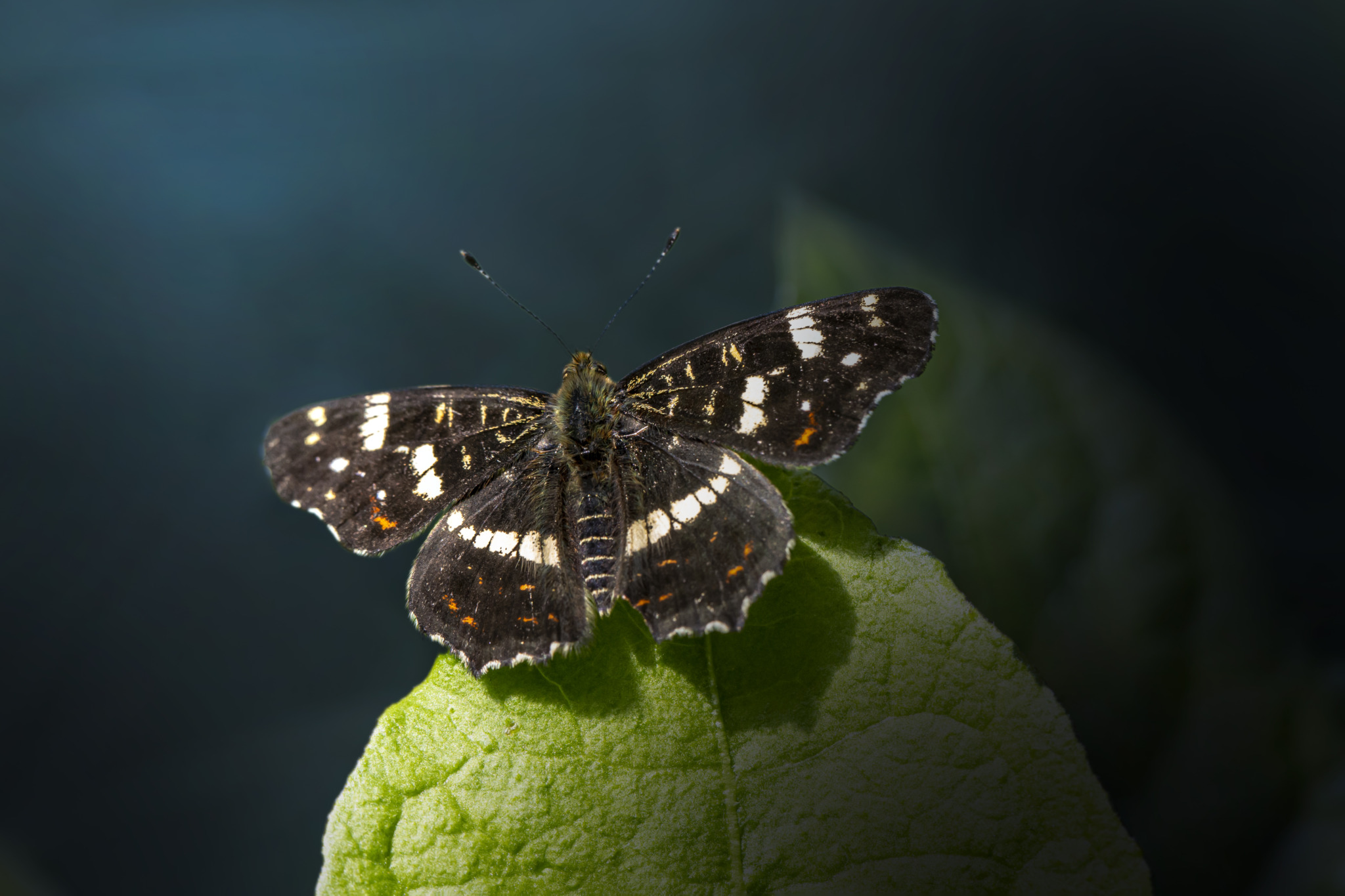The Map Butterfly, scientifically known as Araschnia levana, is a species of butterfly found in Europe and parts of Asia. Here’s some information about this beautiful insect:
- Description: The Map Butterfly exhibits striking seasonal dimorphism, meaning it has different forms or appearances depending on the season. The spring form, known as the “levana” form, is characterized by vibrant orange and black markings on its wings, resembling a map or mosaic pattern. The summer form, known as the “prorsa” form, has a darker coloration, with predominantly black wings and white markings.
- Habitat: Map Butterflies inhabit a variety of open habitats, including meadows, grasslands, woodland edges, and gardens. They are often found in areas with abundant flowering plants, which provide nectar for adults and food for caterpillars.
- Behavior: Map Butterflies are active during the day and can often be seen fluttering gracefully among flowers in search of nectar. They have a characteristic flight pattern, with rapid wing beats interspersed with gliding movements. Like other butterflies, they use their proboscis to feed on flower nectar, extracting essential nutrients for energy.
- Life Cycle: The life cycle of the Map Butterfly consists of four stages: egg, larva (caterpillar), pupa (chrysalis), and adult. The female butterfly lays eggs on the leaves of host plants, which are typically species in the nettle family (Urticaceae). The caterpillars hatch from the eggs and feed on the leaves of the host plants before pupating and eventually emerging as adult butterflies.
- Seasonal Dimorphism: The seasonal dimorphism of the Map Butterfly is an adaptation to different environmental conditions and resource availability. The spring form (levana) emerges earlier in the year when temperatures are cooler and vegetation is lush. The summer form (prorsa) emerges later in the year when temperatures are warmer and vegetation may be drier.
- Conservation: Map Butterflies are not considered globally threatened, but like many other butterfly species, they may face threats from habitat loss, pesticide use, and climate change. Conservation efforts aimed at preserving their natural habitats, including the maintenance of meadows and grasslands, are important for ensuring the continued survival of Map Butterfly populations.
Overall, the Map Butterfly is a fascinating and beautiful species, known for its seasonal dimorphism and graceful flight. Observing these butterflies in their natural habitat can provide a rewarding experience and an opportunity to appreciate the wonders of the natural world.
Visited 245 times, 8 visit(s) today
Views: 421
Advertisements
Subscribe to the newsletter:
